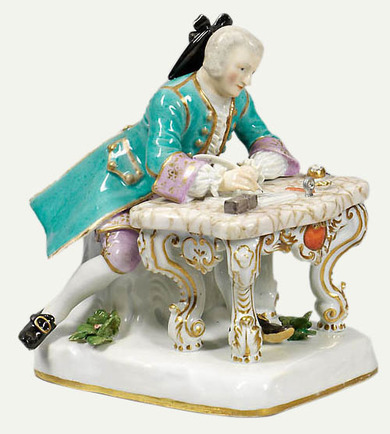Letters
How easily can letters remain at the post office or become lost; who would become anxious right away? (…) However, so that we always know whether our letters have reached their destination, let us both repeat in all of our correspondence how many letters we have written ourselves and received.
Heinrich von Kleist, Brief an Wilhelmine von Zenge, 21. August 1800
Letters are often of a private nature and are traditionally hand-written by a sender to one or more recipients. Letters have a medium life term, longer than a scribbled note, more short-lived than a deed, and are not time-consuming to write. They are made to be transported, and are thus lightweight and small. Brief as in Papal brief comes from the Latin “brevis“ (short). Paper is the ideal material and, since the 19th century, letters on paper have been folded and put into envelopes. Business letters were produced firstly on typewriters and then on computers. Computer-generated letters have also come to play a significant role in our private correspondence.
Variations on the letter are, for example, the telegram or the fax communicated via the telephone network. The letter as a medium between (as a rule) two people involved in a communicative exchange was an important model for literary fiction such as the epistolary novel. Letters sent between well-known personalities are often edited in the form of a book and are popular reading material. The most often sent form of letter today is the email.

